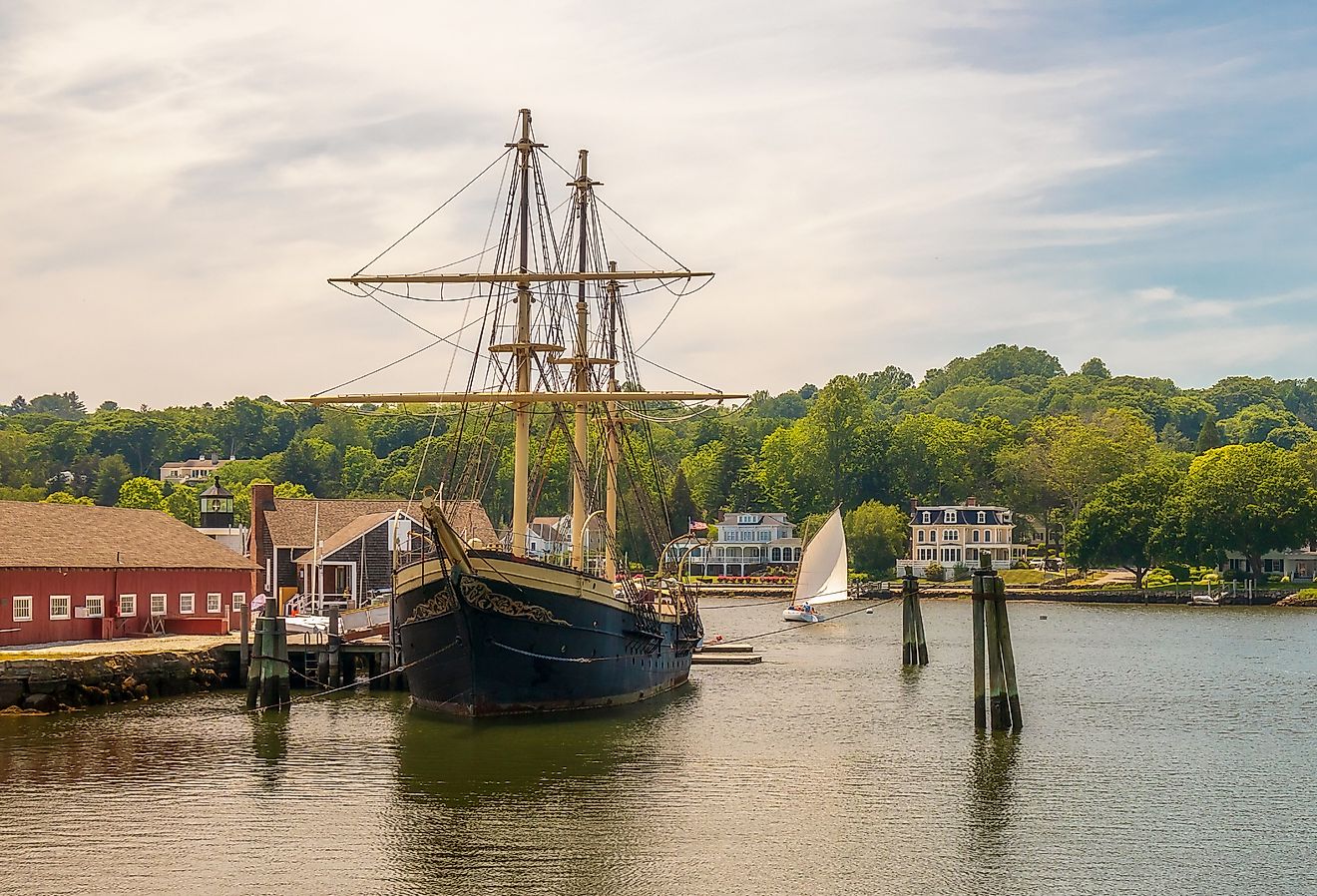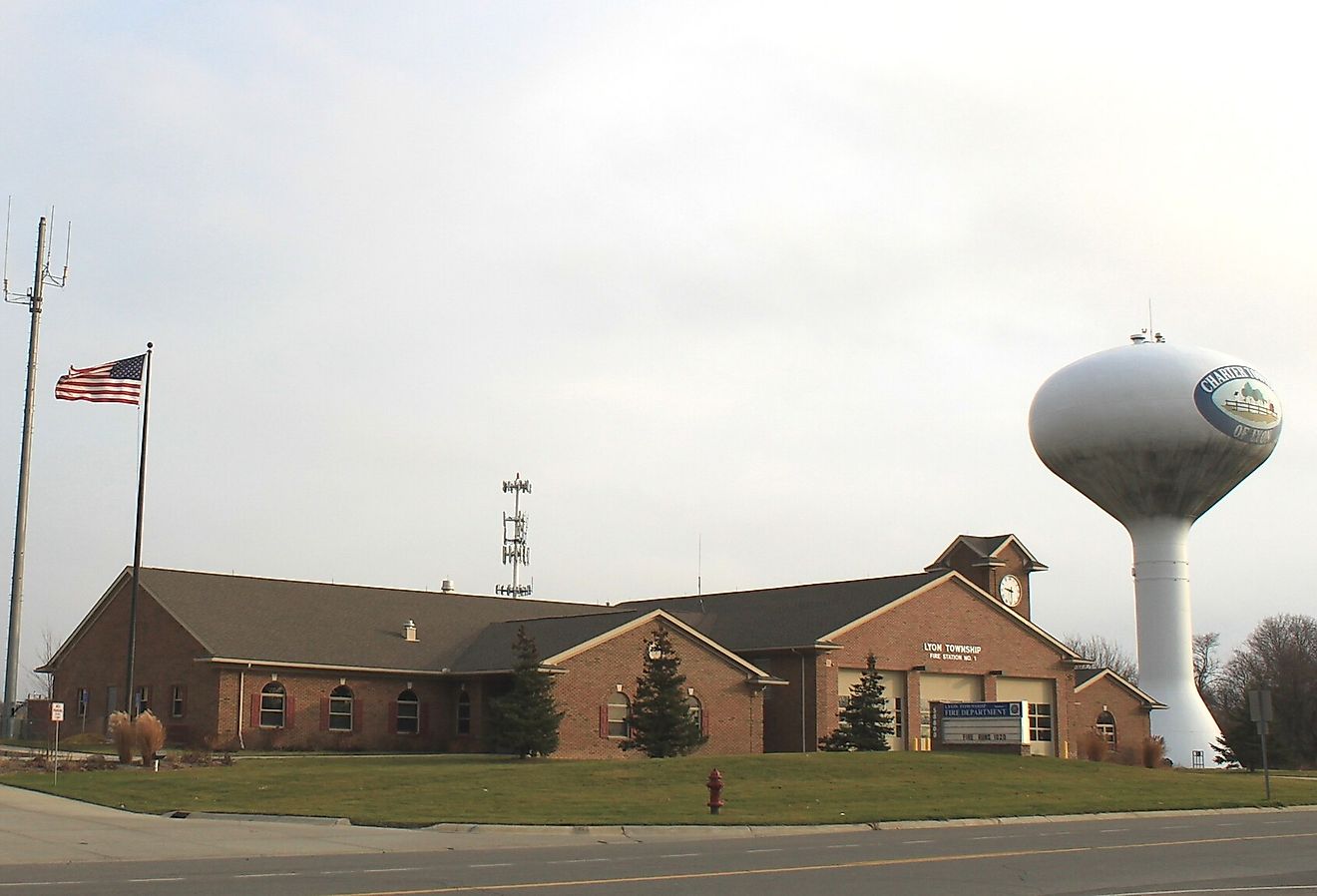UNESCO World Heritage Sites In Zimbabwe

Zimbabwe is home to a number of landmarks with valuable cultural and historical importance. Several of these have been recognized by UNESCO as World Heritage Sites because of their uniqueness and importance to the collective interests of humanity.
Great Zimbabwe National Monument
"Zimbabwe" is a Shona word meaning "house of stone", and the imposing ruins of the Great Zimbabwe National Monument certainly live up to such a name. Once the royal home of the Queen of Sheba, at least according to legend, the large stone city flourished during the 11th through 15th Centuries. Built on the remains of a prehistoric settlement, Great Zimbabwe was a capital city and major trading center before it was abandoned for lack of food due to overpopulation and excessive deforestation. Notable artifacts found at the site have included beads and porcelain from China and Persia, Arabian coins, ancient soapstone figurines and a large granite cross. The area is still in use today as a local spiritual site.
Khami Ruins National Monument
Succulents and desert plants grow abundantly among the intricate stone walls of the Khami Ruins National Monument. The city of Khami was established after the fall of Great Zimbabwe and lasted until the 19th Century. It is one of the only Zimbabwe sites that was not destroyed by treasure hunters. Archaeological remains include Spanish and Chinese porcelain, German stoneware and Portuguese trading goods, as well as a monumental granite cross.
Although the area is in a relatively stable condition, natural factors such as vegetation encroachment and flooding must continue to be monitored. Because the area is still an active sacred site for the local population, tourism development must be regulated appropriately.
Sapi and Chewore Safari Areas
On the banks of the Zambezi river, enormous cliffs overhang the floodplains along a steep escarpment rising thousands of feet from the valley floor. Huge herds of elephant, buffalo, zebra, antelope and predators such as lion and hyena migrate here during the dry winter months. The river is also home to record numbers of hippopotamus and Nile crocodile, as well as more than 450 species of resident and migratory birds. While the endangered black rhino has since disappeared from the area, the property still protects important populations of threatened and near-threatened species including elephant, hippopotamus, lion, cheetah, leopard, hyena, and wild dog.
Natural barriers created by the Zambezi River and the escarpment have protected the property from damage and development. Controlled hunting is allowed on a limited basis. However, the area may one day be threatened due to development from the hydroelectric and oil industries.
Matobo Hills
Twenty one miles south of Bulawayo, a profusion of densely-packed granite landforms rise from the earth in a sea of hills, caves, and boulders. The rock faces are covered with prehistoric paintings of humans, animals and birds dating back at least 13,000 years, illustrating evolving artistic styles and socio-religious beliefs. Archaeological evidence indicates that the site has been occupied for at least 500,000 years. The Matobo Hills still have strong cultural and religious associations, particularly for the Mwari religion. Dating back to the Iron Age, Mwari is the most powerful oral tradition in Southern Africa. The site hosts a three-week-long ceremony each August, where more than a thousand pilgrims gather to dance and perform rituals among the rocks and terraces.
Mosi-oa-Tunya (Victoria Falls)
Victoria Falls is one of the most spectacular waterfalls in the world. A curtain of falling water over a mile wide, the Zambezi river plunges noisily through a series of spectacular basalt gorges, sending up iridescent plumes of mist, spray and rainbows that can be seen up to thirty miles away. The area is also a breeding ground for four species of endangered birds. A major tourist attraction for both Zimbabwe and Zambia, urban infrastructure and tourism facilities must be carefully managed in order to preserve the area's exceptional beauty.
UNESCO World Heritage Sites In Zimbabwe
| World Heritage Sites in Zimbabwe | Year of UNESCO Inscription |
|---|---|
| Great Zimbabwe National Monument, Masvingo Province | 1986 |
| Khami Ruins National Monument, Matabeleland | 1986 |
| Sapi and Chewore Safari Areas, Mana Pools National Park, Matabeleland North | 1984 |
| Matobo Hills, Matabeleland South | 2003 |
| Mosi-oa-Tunya (Victoria Falls), Matabeleland North | 1989 |











